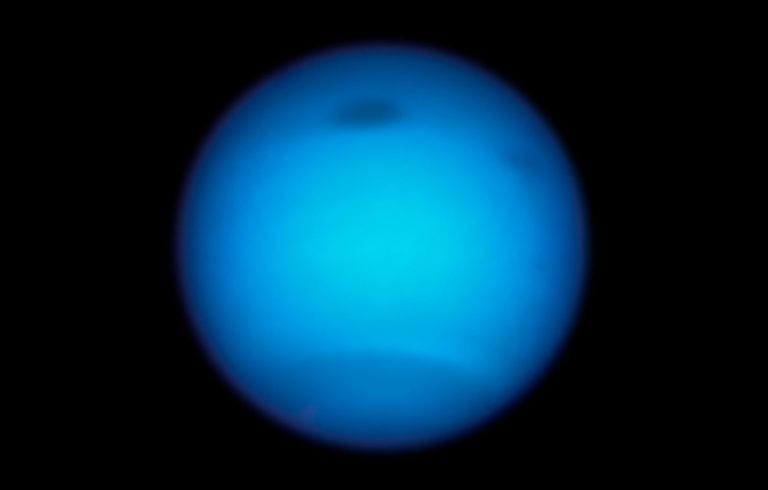Scientists believe that Neptune and Uranus could both be home to a constant stream of “diamond rain”. The two planets are considered “ice giants”. They’re mostly made of water, methane, and ammonia, which accounts for the icy-like titles we’ve given them.
While they might not be as talked about as some of the other giants in our solar system, ice giants are still remarkable. Unfortunately, both Uranus and Neptune are too difficult to study up close. It will probably be years before we can send a spacecraft out to study the planets specifically. Because of that, scientists have used the telescopic observations that we’ve captured to decode more about these planets, including the existence of diamond rain (via Space.com).
Diamond rain falls constantly on Uranus and Neptune

The basic idea for diamond rain comes from the general makeup of the planets. Scientists believe that planets like Uranus and Neptune have rocky cores. These cores are surrounded by elements that used to be solid. However, now they have transitioned into a pressurized goop of liquids and quantum materials. They believe that the layers thin as you move closer to the surface of the planet.
Unfortunately, as noted before, all we have to work off of when it comes to these planets are telescopic observations and some mathematic models. But, scientists have used this information to create as clear a picture as they can. From that picture, they discovered the possibility that a constant stream of diamond rain falls on planets like Neptune and Uranus.
How diamonds form on Uranus and Neptune
The idea of diamond rain was first proposed prior to the launch of the Voyager 2 mission in 1977. The proposition was clear: scientists knew what the two planets were made of, and they knew what happened to those materials as they got deeper into the planet.
Using mathematical modeling, they were able to fill in the rest of the holes and sort out the rest. Basically, scientists believe that the innermost regions of Neptune and Uranus reach up to 7,000 kelvins (or around 12,410 Fahrenheit). They also believe that the pressure of the planet is around 6 million times that of the Earth’s atmosphere.
As you move outward from the inner core of the planet, though, scientists believe the layers begin to get cooler and aren’t as pressured. This leads to around 2,000 kelvins (or 3,140 Fahrenheit) temps and only 200,000 times the Earth’s atmospheric pressure. Because it is cooler, scientists believe the molecules in the atmosphere form long chains together and become compressed into diamonds. These diamonds then rain down on the lower levels of the planet’s mantle and begin to vaporize. Once vaporized, the molecules rise through the mantle again and form new crystals which continue to rain down.








